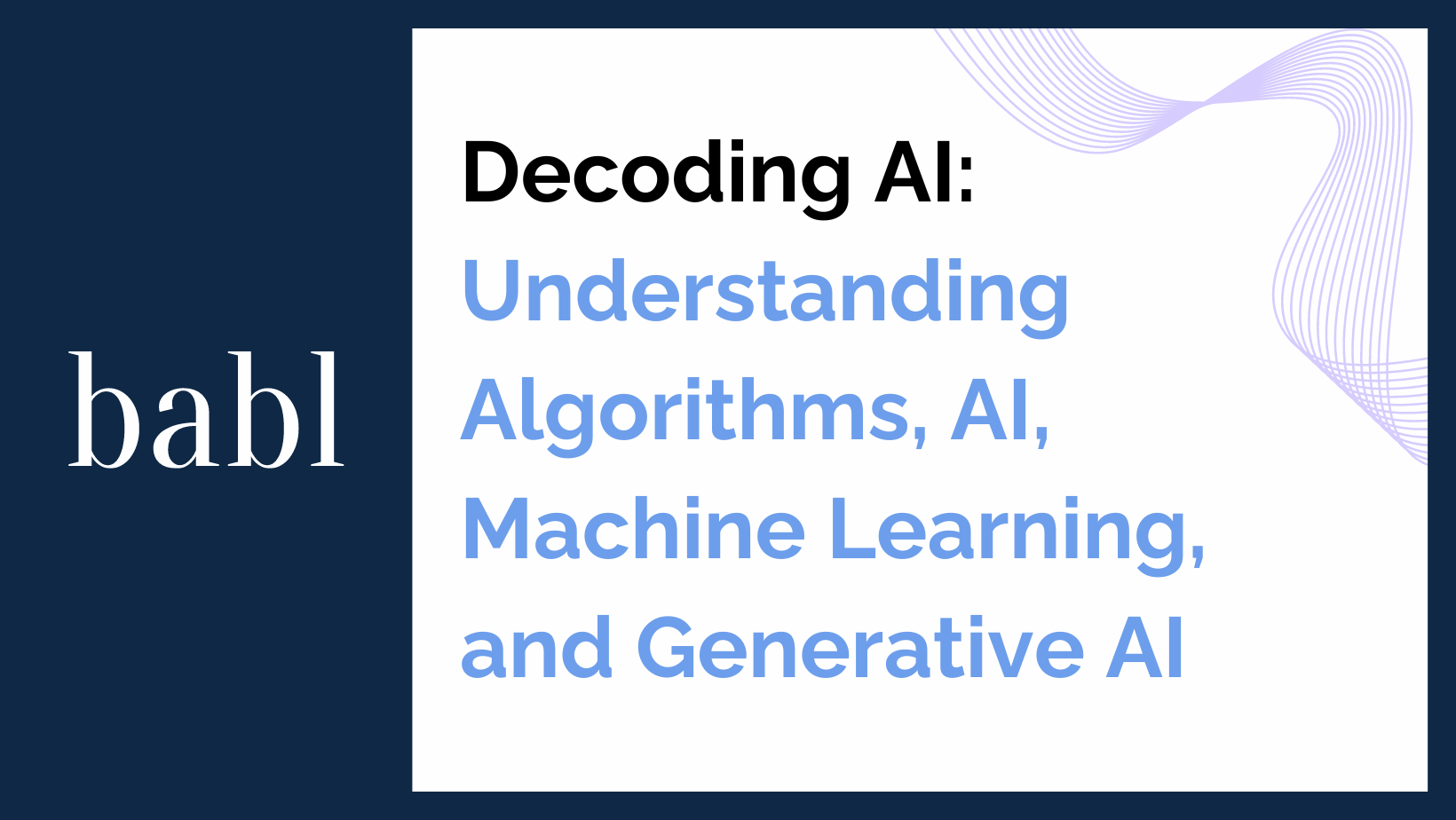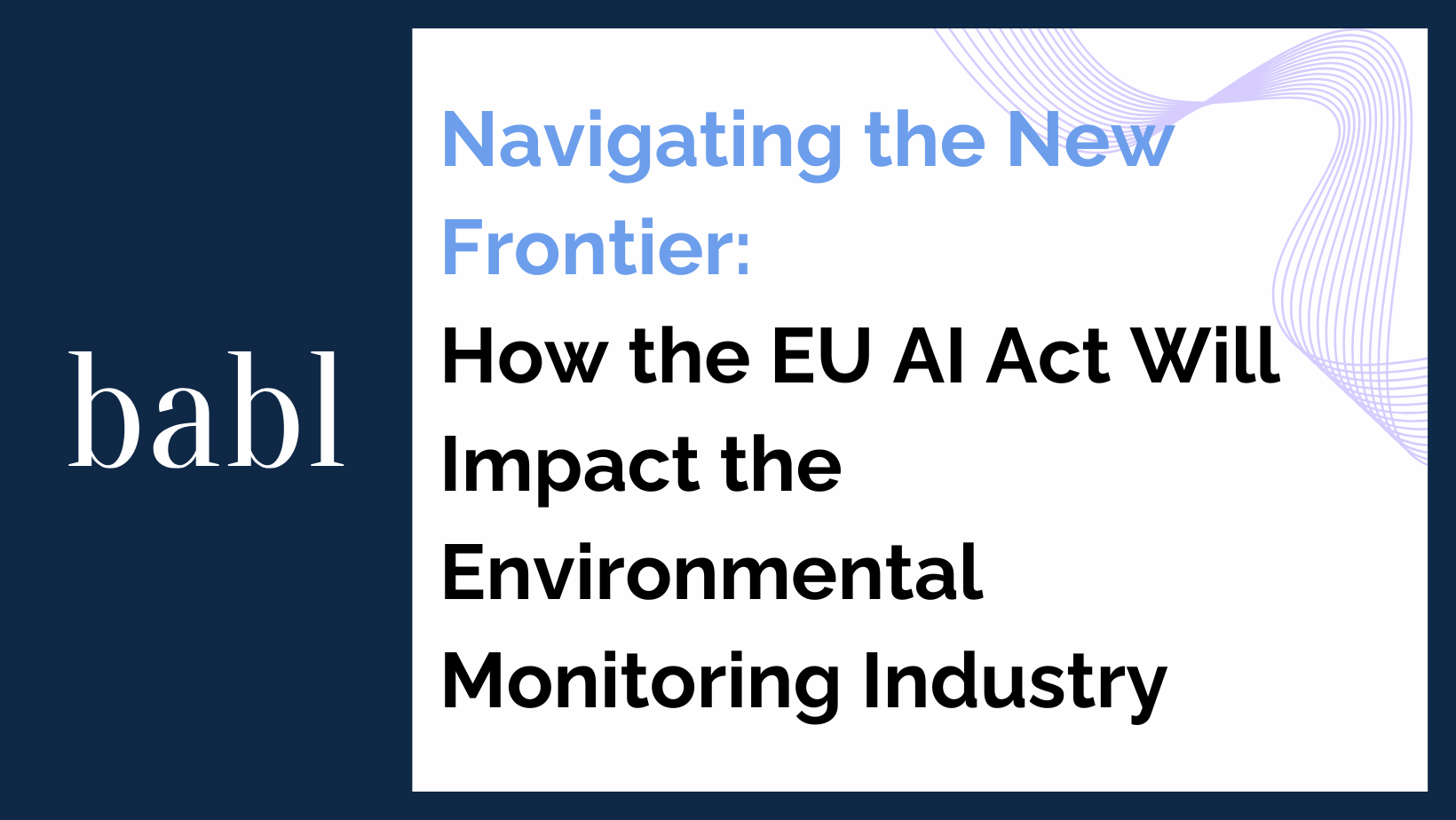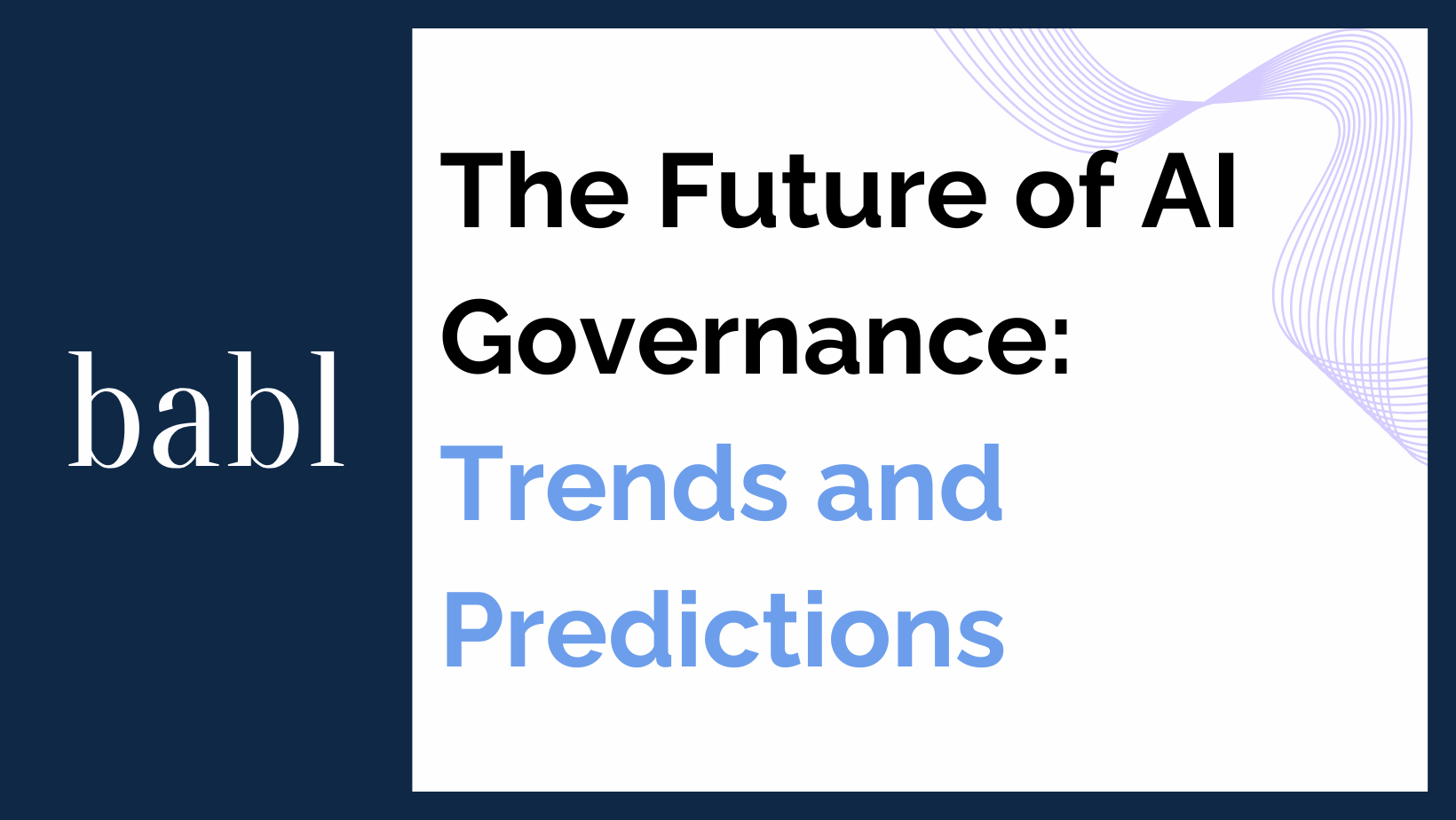Decoding AI: Understanding Algorithms, AI, Machine Learning, and Generative AI
In the dynamic realm of technology, terms like algorithms, artificial intelligence (AI), machine learning, and generative AI are often mentioned in everything from casual conversations to professional discussions. Yet, the distinctions among these terms can sometimes blur. This blog post aims to clarify these concepts, providing a clear understanding of each term and highlighting how they relate to one another within the broader AI landscape.
What is an Algorithm?
At its core, an algorithm is a set of instructions designed to perform a specific task. These instructions can be as simple as a recipe for baking a cake or as complex as the steps involved in calculating the fastest route from point A to point B. In computing, algorithms drive the processes behind software applications and systems, directing the computer on how to execute specific functions based on the input data.
Defining Artificial Intelligence
Artificial intelligence, or AI, refers to systems or machines that mimic human intelligence to perform tasks and can iteratively improve themselves based on the information they collect. AI encompasses a range of technologies that can understand, learn, predict, and potentially operate autonomously. Systems as common as your smartphone voice assistant or as intricate as autonomous vehicles are powered by AI technologies that interpret and respond to data in a human-like manner.
Exploring Machine Learning
Machine learning is a subset of AI that includes algorithms that parse data, learn from that data, and then apply what they have learned to make informed decisions. Essentially, machine learning algorithms are designed to improve their performance at a given task over time without human intervention. The process involves training an algorithm with a large set of data so it can learn how to respond based on various inputs and reinforcements. This capability makes machine learning invaluable in fields like medical diagnosis, stock trading prediction, and energy load forecasting.
The Advent of Generative AI
Generative AI takes machine learning a step further. Instead of only analyzing data, it creates new content. These systems generate text, images, music, or even video games. Tools like GPT write articles, while DALL-E designs realistic pictures. Generative AI works by studying vast datasets, then producing original outputs that mimic what it has learned. After analyzing thousands of artworks, for instance, it can paint in a similar style. The same logic applies to music, stories, or code.
Implications of These Technologies
Clear definitions help us see both opportunities and risks. AI improves efficiency, but it also raises concerns about job loss, privacy, and fairness. Generative AI can inspire creativity, yet it also fuels risks like deepfakes, misinformation, and copyright violations. Therefore, understanding these terms is not just academic. It equips policymakers, businesses, and citizens to anticipate problems and shape responsible solutions.
Conclusion
As AI technology evolves, so must our understanding. By distinguishing between algorithms, AI, machine learning, and generative AI, we can engage with these systems more responsibly. Knowledge encourages ethical choices and informed regulation. It also ensures these powerful tools serve the public good.
Need Help?
If you’re unsure how AI regulations affect your organization, BABL AI Audit Experts can help. They provide guidance, answer questions, and keep you compliant in a fast-changing regulatory landscape.





